Dorrigo National Park sits in the lush hinterlands of the Coffs Coast and is one of the first must-visit stops along the Waterfall Way when driving from Coffs Harbour. With its ancient rainforest, stunning waterfalls, and rich wildlife, it’s easily one of the most remarkable national parks in New South Wales—and our absolute favorite stop on the Waterfall Way!
Whether you’re up for an adventurous trek, a leisurely walk, or a quick stop at a scenic lookout, Dorrigo National Park has something for everyone. With well-marked trails, breathtaking waterfalls, and accessible viewing platforms, it’s a place where both nature lovers and casual visitors can fully enjoy its beauty.
What makes Dorrigo National Park so special?
The forests. Were you expecting something more dramatic? Trust me, the ancient Gondwana rainforest in Dorrigo National Park is breathtaking enough on its own. Walking beneath the towering trees, ferns, and tangled vines, you’ll feel like you’ve stepped into a prehistoric world, where nature reigns supreme (and dinosaurs roam, as my 5-year-old son would add hopefully).
Add to that the vibrant birdlife, adorable pademelons, and cascading waterfalls, and it’s an experience that feels almost otherworldly. The only thing urging you to keep moving? The leeches—but don’t worry, they’re harmless (which, in Australia, is a rare thing to say!).
5 best things to do in Dorrigo National Park
We spent three days camping in Dorrigo (which is also the name of a small town) and exploring Dorrigo National Park, and my only regret? Not planning to stay longer!
Here are my absolute favorite things to do in the park:
Go back in time on the Wonga Walk
If you only have time for one walk in Dorrigo, make it this one
I’ve seen spectacular rainforests in Sydney, but the Wonga Walk takes it to another level. The Gondwana Rainforest here is one of the oldest in the world. The towering trees—locked in a constant battle for survival, as in any proper rainforest—along with hanging vines and lush ferns, made us feel like we had stepped back into prehistoric times. And rightly so, because some of these species were already here when dinosaurs roamed the planet.
As if the mesmerizing green cathedral above your head weren’t enough, the forest is alive with wildlife and an endless symphony of birdsong. We caught sight of various tropical birds, but to spot them, you need to be lucky, quiet, and patient—they’re shy and quick to disappear.
The Wonga Walk has some uphill and downhill sections, but overall, it’s an easy walk and mostly paved. You’ll need about two hours to complete the 6 km loop—partly because the rainforest is so spectacular, you won’t be able to stop taking pictures.
The Wonga Walk in rainy weather
Weather won’t be an issue, as the paved path prevents it from getting too muddy, even in the rain. Plus, the dense rainforest canopy offers plenty of protection from both rain and sun. In fact, Dorrigo’s microclimate is much rainier than its surroundings, so light rain or drizzle is common—but the mist only adds to the magical atmosphere of this ancient forest.
Where to start the Wonga Walk?
You can choose where to start: the Rainforest Centre or the Glade Picnic Area, as both are located along the loop. We parked at the Glade Picnic Area since the large lot at the Rainforest Centre was full by midday.
Waterfalls along the Wonga Walk
The Wonga Walk passes by two beautiful waterfalls that would make the hike worthwhile on their own. Tristania Falls thunders down a cliffside and is first visible from the bridge. However, don’t miss the short side trail just beyond the bridge—it offers a fantastic close-up view of the top of the falls. It’s also a great spot for a picnic, but if it’s wet, be mindful of eager leeches, so don’t stay in one spot for too long!
Not far from Tristania Falls is the famous Crystal Shower Falls, where you can walk behind the cascading water! Simply go through the gate and follow the metal boardwalk. If the falls are flowing powerfully, expect to get a refreshing shower. Afterward, continue onto the suspension bridge, which offers a stunning view of both the waterfall and the surrounding rainforest.
Whether you walk clockwise or counterclockwise doesn’t really matter, nor does your starting point. Just soak in the vibes and enjoy the views.
Wonga Walk track information:
- Trailhead: Dorrigo Rainforest Center or the Glade Picnic Area
- Length: 6 km loop
- Difficulty: easy
- See the trail map here.
Look down from the Skywalk Lookout
Even if you don’t start the Wonga Walk from the Rainforest Centre, it’s well worth a stop. The exhibits provide insight into the park’s rich plant and animal life, and there’s even a short wildlife documentary that my 5-year-old loved.
From the Rainforest Centre, you can also take the short walk to the Skywalk Lookout. I wouldn’t rave about the panorama since it was lost in the mist when we visited, but the view still had a spectacular, almost mystical feel. It’s a quick five-minute stop, so there’s no excuse to miss it!
The lookout and rainforest centre are by donation.
Meet with wild pademelons at the Pademelon Picnic Area
It’s also right next to the Rainforest Centre, and I highly recommend at least walking by. Every time we did, we spotted at least one or two adorable pademelons grazing on the grass.
What are they? At first glance, they look like small wallabies, but something seems off—then you notice their quokka-like faces. Congratulations, you’ve just met another cute native Australian marsupial: a pademelon! They prefer forest habitats, and so far, the only place I’ve seen them in the wild in Australia is Dorrigo National Park.
Your best chance to spot them is during a late afternoon BBQ (there are free BBQs!), when more and more hungry pademelons emerge to feed on the grass. Unfortunately, we saw some loud groups rush up to take pademelon selfies, only to scare them back into the bush. But if you stick around as the evening sets in and the picnic area quiets down, you’ll see dozens of them.
Enjoy the most easily accessible waterfall in Dorrigo: Dangar Falls
Strictly speaking, Dangar Falls isn’t inside Dorrigo National Park. However, it’s only a few kilometers north of Dorrigo town and just a 10-minute drive from the Rainforest Centre—so yes, it would be a shame to miss it!
This stunning 30-meter waterfall can be admired from a high viewing platform right next to the parking lot. A short but steep walking track also leads down to the pool beneath the falls, where you can take a refreshing swim or simply appreciate the sheer size and power of the cascading water.
Important note: Don’t confuse Dangar Falls with Dangars Falls and the Dangars Falls walking track in Oxley Wild Rivers National Park. While also a great stop along the Waterfall Way scenic drive, Dangars Falls is a seasonal waterfall that only flows after significant rainfall, whereas Dangar Falls maintains a steady flow year-round.
Walk to the Dangar Falls pool:
- Trailhead: Dangar Falls Picnic Area
- Length: ~1 km return
- See the trail map here.
Trek to the most impressive waterfall in Dorrigo: Red Cedar Falls
Don’t miss the easily accessible Wonga Walk, complete with the picturesque Tristania and Crystal Shower Falls. But if you’re up for more adventure, head beyond the Rainforest Centre to the lesser-known Never Never region, home to the most impressive waterfall in Dorrigo National Park.
The Rosewood Circuit offers a cool, shaded escape on a hot summer day and leads to the spectacular Red Cedar Falls. Towering tallowwood, blackbutt, and brush box trees line the slopes as you follow Rosewood Creek, while in late summer, the trail is sprinkled with the purple fruits of the Dorrigo plum. It’s a breathtaking rainforest walk, but the true highlights are the stunning waterfalls along the way.
Coachwood Falls
Both waterfalls require a detour from the main track, but Coachwood Falls is the easier of the two to reach, with only a short—though steep—descent through a forest of coachwood, crabapple, and sassafras trees. While I expected Red Cedar Falls to be the highlight of this track, I was surprised by how impressive Coachwood Falls is, cascading into a narrow canyon surrounded by lush greenery.
Red Cedar Falls
The Red Cedar Track also branches off Rosewood Circuit, leading you on a steep, zigzagging descent through towering red cedars and bangalow palms. Keep in mind that you’ll have to climb back up the same way—but it’s worth every step! You’ll first hear the waterfall’s roar before glimpsing white water crashing over a moss and fern-covered cliff into a boulder-strewn ravine.
Red Cedar Falls is the largest waterfall in Dorrigo National Park! It’s the perfect spot for a picnic, a refreshing toe dip, or even a swim beneath the falls—just be cautious, as the strength of the flow depends on recent rainfall.
Wear good hiking shoes on this trail, and be prepared for uninvited hitchhikers (a.k.a. leeches).
Rosewood Creek Circuit track information:
- Trailhead: Never Never Picnic Area (last ~7 km of the drive is on an unsealed road)
- Length: 8.2 km loop
- Difficulty: medium
- See the trail map here.
Where to stay near Dorrigo National Park?
While Dorrigo National Park doesn’t have any accommodation or campgrounds, there are several great options nearby, mostly in and around the small town of Dorrigo. This is rural New South Wales, so expect cozy cabins and motels rather than large hotels.
Motels & Lodges
Frontier Motel, Dorrigo. A budget-friendly option with simple rooms and private bathrooms. It’s conveniently located within walking distance of local shops and just a short drive from Dorrigo National Park.
Lookout Mountain Retreat. Just a 5-minute drive from the Rainforest Centre and situated along the scenic Waterfall Way, this retreat offers a range of rooms and beautiful views from the back garden.
Dangar Falls Lodge. Located right by the Dangar Falls Picnic Area, this lodge offers both rooms and campsites. We camped here—while the tent sites are basic (just grass with little privacy), the location is excellent. Plus, they have coin-operated warm showers!
Camping
Settlers Corner. A peaceful private camping spot on the Bielsdown River, just a short walk from Dorrigo township. Surrounded by trees with lovely views over the river and farmland, this site includes power and water, but campers must be fully self-contained with their own toilet and bathroom facilities.
Hipcamp listings. If you’re looking for more unique camping spots on private land, Hipcamp is a great platform to explore options beyond traditional campgrounds.
No matter where you stay, you’ll be perfectly positioned to explore the lush rainforests, waterfalls, and scenic trails of Dorrigo National Park.
Useful tips for visiting Dorrigo National Park
Wear hiking boots. Not just shoes, boots. The trails can be muddy, especially after rain, and sturdy boots will provide better grip and protection. Plus, leeches are quite enthusiastic in these rainforests. While they’re harmless, you won’t enjoy them clinging to your ankles. Tucking your pants into your socks or using insect repellent around your ankles can help keep them away.
Bring binoculars. Dorrigo National Park is a paradise for birdwatchers, with over 120 species recorded.
Pack for rain (even if it’s sunny). The Gondwana rainforest creates its own microclimate, meaning light rain or drizzle is common, even when nearby areas are dry. A lightweight rain jacket or poncho is a must, and a dry bag will help protect your camera or phone.
Start the Wonga Walk early for a quieter experience. While Dorrigo’s rainforest is generally quiet, the Wonga Walk is popular. You’ll also have a better chance of spotting shy wildlife before the crowds arrive.
Bring plenty of water and snacks. There are no cafés or shops inside the park.
Check road conditions before you go. Some access roads can be affected by heavy rain or landslides, particularly in remote areas like the Never Never region.
Stop by the Rainforest Centre. Even if you’re not starting your walk here, it’s worth a visit. The exhibits provide great background on the park’s ecosystem, and you can catch a short wildlife documentary inside.
As with any protected area, respect the environment by taking all your rubbish with you, not feeding wildlife and staying on marked trails.
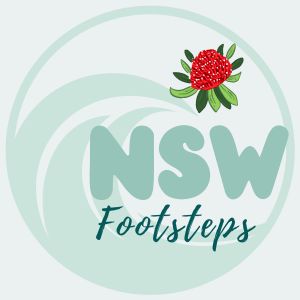
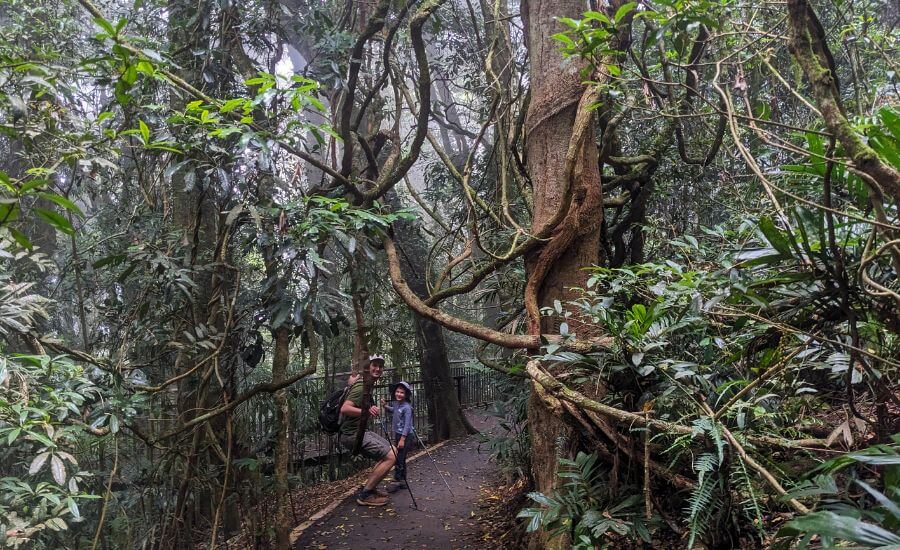






















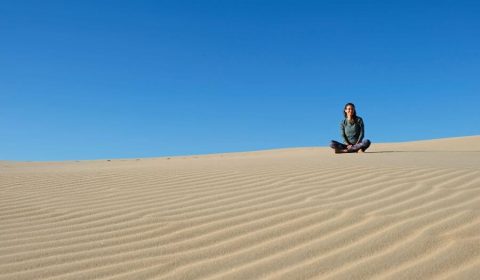
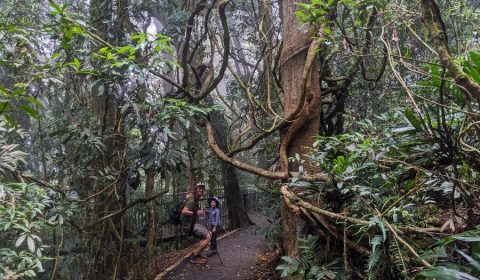
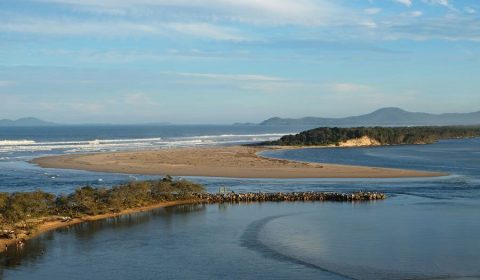
Leave a Reply